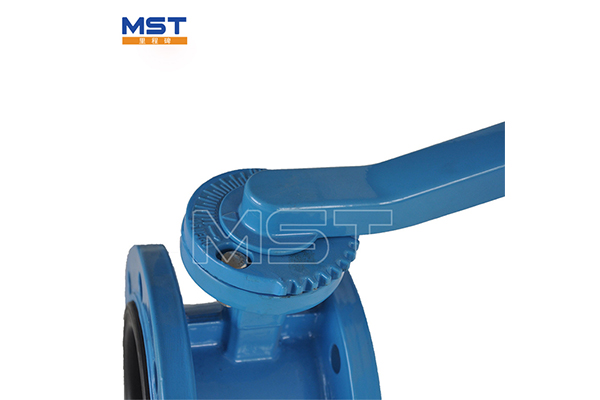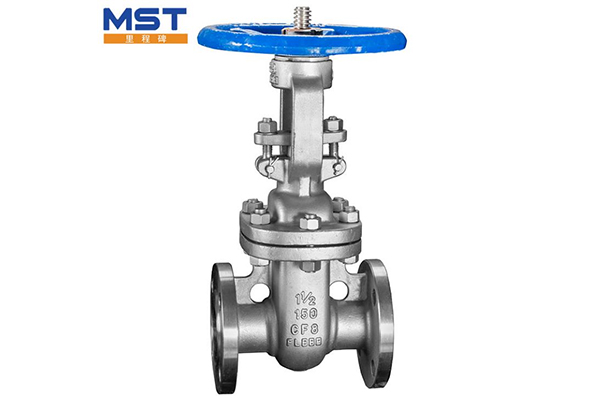 English
English Español
Español  Português
Português  русский
русский  Français
Français  日本語
日本語  Deutsch
Deutsch  tiếng Việt
tiếng Việt  Italiano
Italiano  Nederlands
Nederlands  ภาษาไทย
ภาษาไทย  Polski
Polski  한국어
한국어  Svenska
Svenska  magyar
magyar  Malay
Malay  বাংলা ভাষার
বাংলা ভাষার  Dansk
Dansk  Suomi
Suomi  हिन्दी
हिन्दी  Pilipino
Pilipino  Türkçe
Türkçe  Gaeilge
Gaeilge  العربية
العربية  Indonesia
Indonesia  Norsk
Norsk  تمل
تمل  český
český  ελληνικά
ελληνικά  український
український  Javanese
Javanese  فارسی
فارسی  தமிழ்
தமிழ்  తెలుగు
తెలుగు  नेपाली
नेपाली  Burmese
Burmese  български
български  ລາວ
ລາວ  Latine
Latine  Қазақша
Қазақша  Euskal
Euskal  Azərbaycan
Azərbaycan  Slovenský jazyk
Slovenský jazyk  Македонски
Македонски  Lietuvos
Lietuvos  Eesti Keel
Eesti Keel  Română
Română  Slovenski
Slovenski  मराठी
मराठी  Srpski језик
Srpski језик
Shut-off Valves: When And Where To Select A Butterfly Valve, A Gate Valve Or A Plug Valve
2021-09-11


As their name suggests, shut-off valves are designed to ultimately stop fluid flow or throttle it back to achieve desired flow parameters. These mechanisms serve a vital role in system function and are all too often overlooked when it comes to essential components.
All shut-off valves are built to stop or slow water at a specific point in a pipeline. However, variations in flow rates, pressure, pipe diameters and fluid properties all play a role in determining the design of valve needed. With various styles of shut-off valves available, becoming knowledgeable in each one and the intended uses of shut-off valves will help you decide which valve is correct for your application.
Butterfly Valves
Butterfly valve is recommended only for clean fluids, like potable water. They are not suggested for slurry or when grit or solids are present in the fluid stream due to the disc sealing system.
A butterfly valve is frequently used for flow regulation and fluid stoppage in large-diameter pipes. They are very compact with few internal parts and are relatively inexpensive. The internal components consist of a disc or plate that is positioned in the center of the valve. A shaft attached to the disc runs through the valve center line body casing and is extended out the top and connected to an actuator. When the actuator is rotated, it turns the disc within the valve either parallel or perpendicular to the direction of flow. When perpendicular, the plate sits against the internal seal, creating a tight closure. When turned parallel to flow, it allows fluids to easily pass through. However, because the disc is always present within the flow stream, a small amount pressure drop will occur with this style of valve, regardless of position.
They can function well as throttling valves to control flow rates and are very versatile by design to cover a broad range of applications. Butterfly valve manufacturers like Diplomatic produce a variety of designs and sizes to account for different pressures and specific usages including wafer, full lug, and clanged types.
Gate Valves
Gate valves are mainly clanged valves designed for systems with clean fluids, like potable water. They can also be used for flurries or when grit or solids are present in the fluid stream, making them a great selection for both clean water and wastewater applications.
This style utilizes a sliding gate or wedge on a threaded operating stem to block fluid flow rather than a rotating disc like the previous butterfly design. There are mainly two styles, a rising or non-rising stem. Rising stems provide a visual indication of valve position but need more vertical space above the valve to operate. The rising stem type (RS) are often used in fire piping service to indicate that the valve is fully open or closed. The non-rising stem type (NRS) are less expensive with fewer parts and can be used where space is limited, but they do not offer the visual indication of the valves opening position that rising stem models do.
Opening the valve to fluid flow is as easy as raising the gate out of the path of fluid. A distinct feature of gate valves is the sealing surface between the gate and seats is planar. The blocking mechanism can be a rubber encapsulated wedge shape or a thinner metal gate that slides between two seals, making a fluid-tight connection. When fully open, gate valves typically have no flow obstructions, resulting in very low friction loss.
An important property about gate valves to note is that they should never be used for regulating flow, unless they are specifically designed for that application. They are almost always designed for fully open or fully closed use. A gate that is left partially open to regulate flow will vibrate as fluid passes around it causing the gate and seals to wear out and leak over time.
Plug Valves
A plug valve is designed for systems with flurries or when grit or solids are present in the fluid stream, making them a great selection for wastewater applications.
Plug Valve Options These valves are quarter-turn style valves, like butterfly valve, Plug Valves are designed to be a cost-effective solution for pump control, shut-off and throttling operation. In well-designed plug valves like the Flo-E-Centrism model from Diplomatic, the rubber encapsulated plug seats and plug face are offset from the shaft center line, providing a tight seal when closed. When rotated to the open position, the plug design moves completely out of the seat, resulting in minimal contact and low operating torque. They are often compared to ball valves in function but differ in their internal components. Plug valves’ seat design contains no cavities like that of a ball valve, so media and fluids can’t get trapped in the valve in any position.
When choosing a shut-off valve, remember to consider every factor of your individual system. First, consider the types and properties of the fluid — whether it’s clean liquid, or liquids that have solids, grit or stringy material. Secondly, determine the pipe flow velocities, pressure differentials across the valve seat and valve location. Finally, think about the valve operating conditions and whether you are looking to simply fully open or close the flow, or use the valve for flow throttling purposes. Also keep in mind the operating speed of valve opening/closing is important to reduce any potential hydraulic shocks in the piping system when the valve is operated.




